6 Best Russian Twist Alternatives: with Pictures!
Although there is no denying that the Russian twist is an absolute classic core training exercise, many lifters will often seek out an alternative that places their back at a lesser risk of injury.
Fortunately, quite a number of alternative exercises exist to replace the Russian twist - all of which also target the same muscles to a similar degree.
Because the Russian twist primarily targets the abdominal and oblique muscles in the transverse plane, exercises that work the core in a similar manner can all function as potential alternatives. Side crunches, side bends and the wood chop are all excellent candidates.
Characteristics of a Russian Twist Alternative
When substituting the Russian twist with an exercise of similar benefit, it is important that a few characteristics are shared between the Russian twist and its alternative.
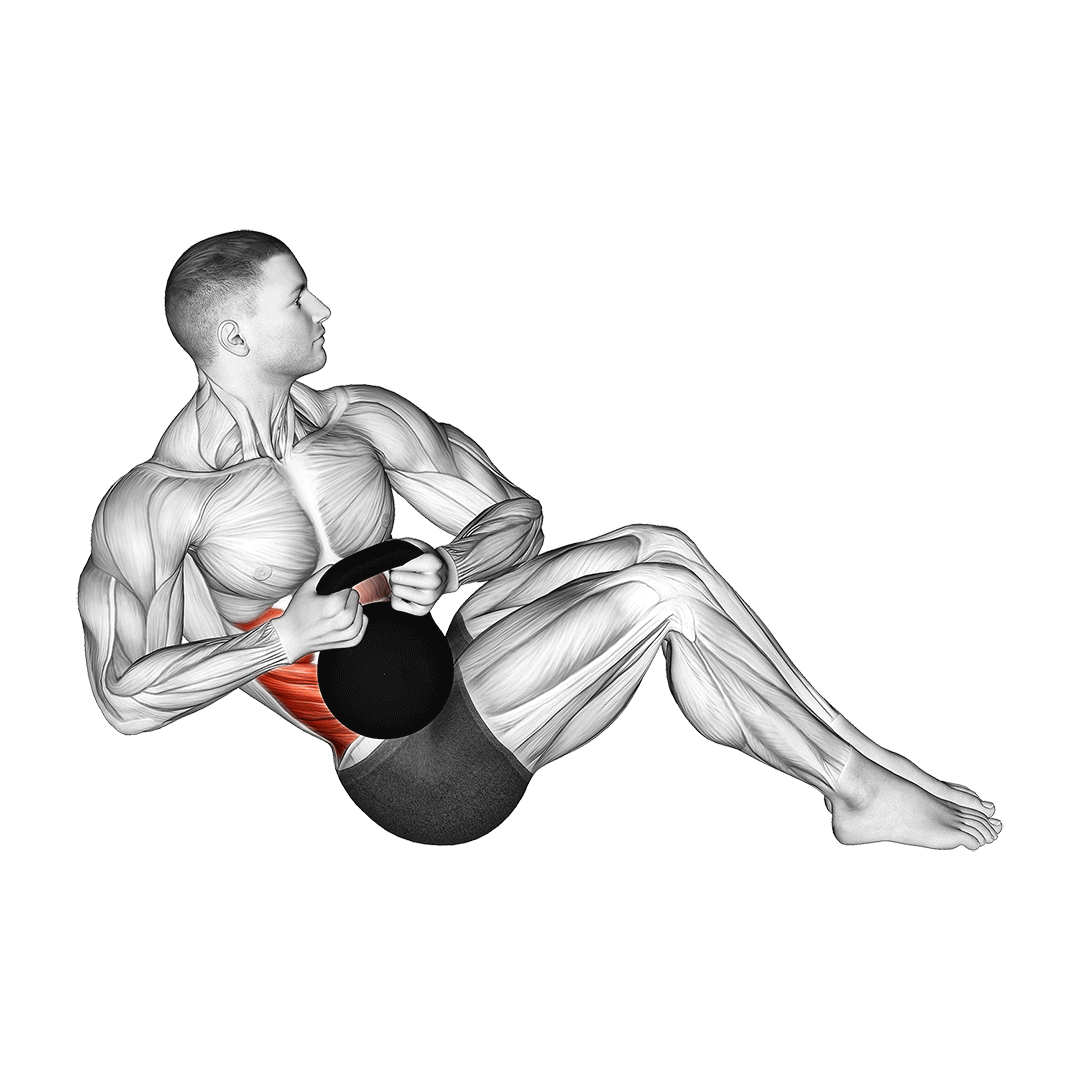
The most vital is a similar pattern of muscular recruitment - namely that of the obliques and abdominal muscles. The alternative should not only target these muscles in a dynamic manner, but also to a similar level of intensity and to the same range of movement.
In addition to targeting the same muscles, the alternative exercise should also correct the initial reason for substituting Russian twists in the first place.
Whether this is due to the latter’s risk of lower back strain, the fact that it is too intense or that it requires the performer to be in a lying position - there is an exercise that does not share the same disadvantages.
Russian Twist Alternatives
1. The Lying Oblique Crunch/Side Crunch
The first and most viable alternative to the Russian twist is the side crunch or oblique crunch - specifically the one involving the exerciser lying on their back.
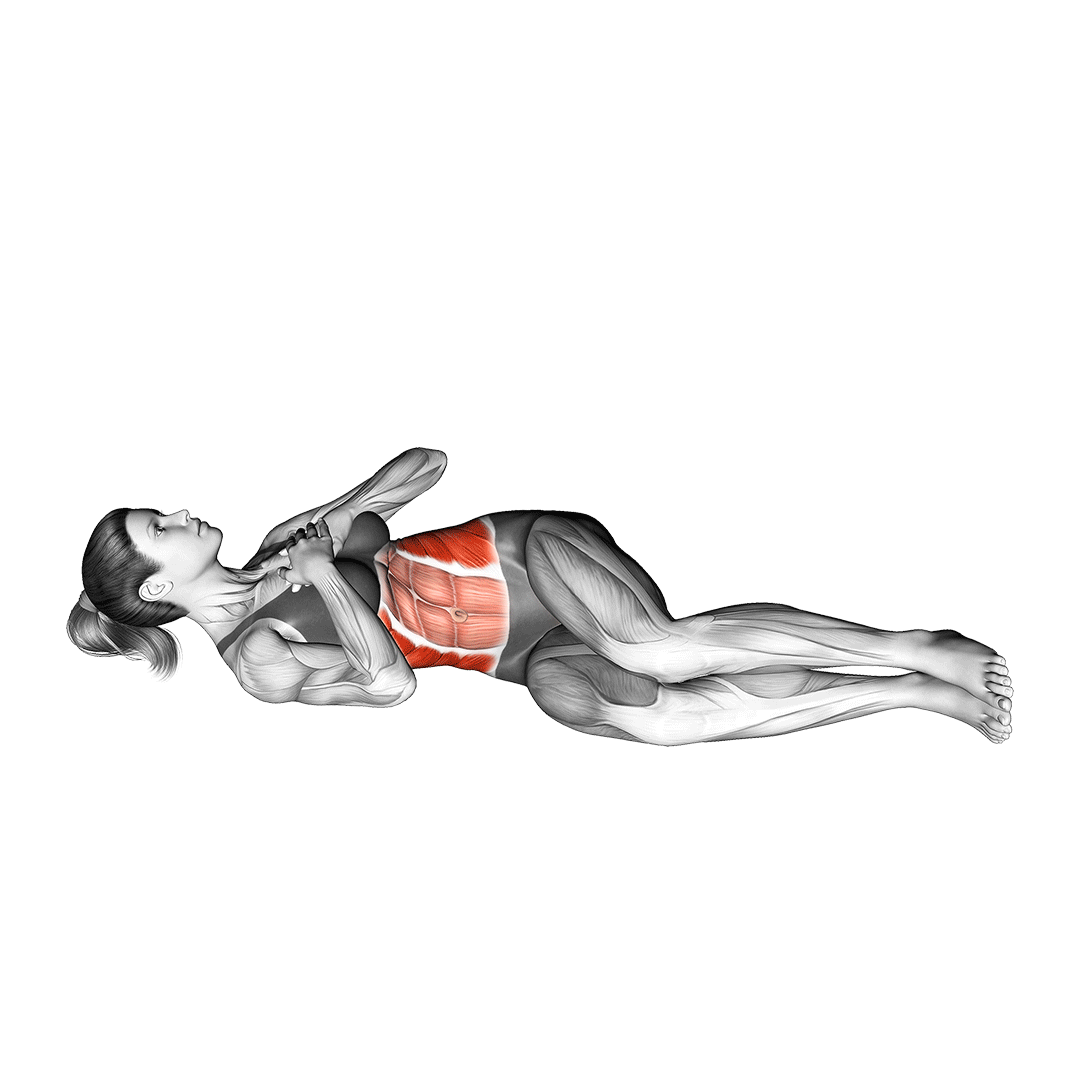
Like Russian twists, this exercise is a core isolation exercise primarily featuring sideways rotation of the torso so as to target the obliques and abdominal muscles.
Where the two differ, is that the side crunch is considerably less taxing and far less likely to result in injury on account of a less complex movement pattern.
Equipment Needed
Just as is the case with Russian twists, the side crunch requires no equipment whatsoever apart from a yoga mat.
Benefits as a Russian Twist Alternative
The side crunch benefits from being both simpler and lower impact than the Russian twist - allowing for more volume to be performed, less strain on the lower back and a generally easier time training the core.
In addition, side crunches are a unilateral movement, meaning that one side of the body is targeted with each repetition. This further allows for greater volume and improved oblique development as more effort is given to training each side of the body.
How-to:
To perform a repetition of the side crunch, the lifter will first lie flat on their back with their knees drawn up, hands supporting the base of the head. The feet should be flat on the floor with the glutes and upper back also touching it.

From this position, the exerciser will squeeze their core and curl their chest towards the knee on the opposite side of the body - keeping the lower back and hips against the floor as they do so.
Once the upper back has been lifted off the ground and the core is fully engaged, the exerciser slowly reverses the motion and returns their torso to the floor. This completes one repetition. Don’t forget to perform the same movement with the opposite side of the body.
2. The Cable Machine Wood Chop
The wood chop is a highly dynamic oblique isolation exercise made more effective through the use of a cable machine.
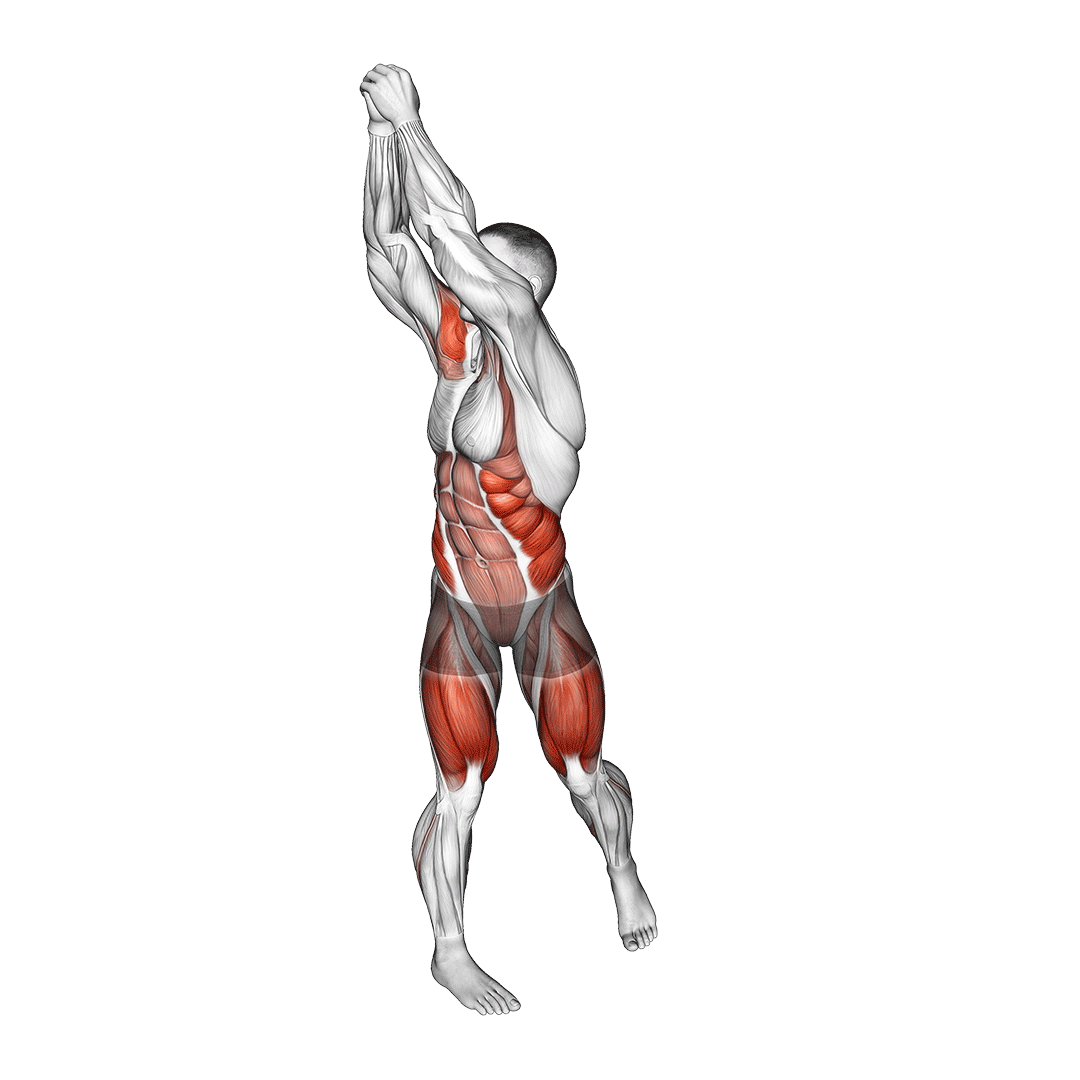
In essence, the movement involves the lifter beginning with their arms raised diagonally out to the side before they forcefully twist the handle across their body, rotating the torso as they do so.
The cable wood chop or woodchopper is most effective as an alternative to the Russian twist if you wish to preserve its dynamic movement pattern and wide range of motion.
However, because the exercise is performed in a standing position, the abdominal muscles are worked to a far lesser degree than would be seen if performing a Russian twist instead. Make sure to program your core workout accordingly.
Equipment Needed
This particular Russian twist substitute will need a cable machine and a handle that can be held in both hands, palms grasped together. A “D-handle” is the best option in this regard.
Benefits as a Russian Twist Alternative
As previously mentioned the cable machine wood chop is excellent for preserving and building upon the dynamic twisting movement that characterize the Russian twist.
However, cable woodchoppers take this a step further by adding counter-resistance as the torso is rotating, truly challenging the obliques and allowing for carryover to movements that may involve a similar scenario.
How-to:
To perform a repetition of the cable wood chop, the lifter will first set the cable pulley as high as possible, entering a staggered stance in front of the machine with their feet facing away.
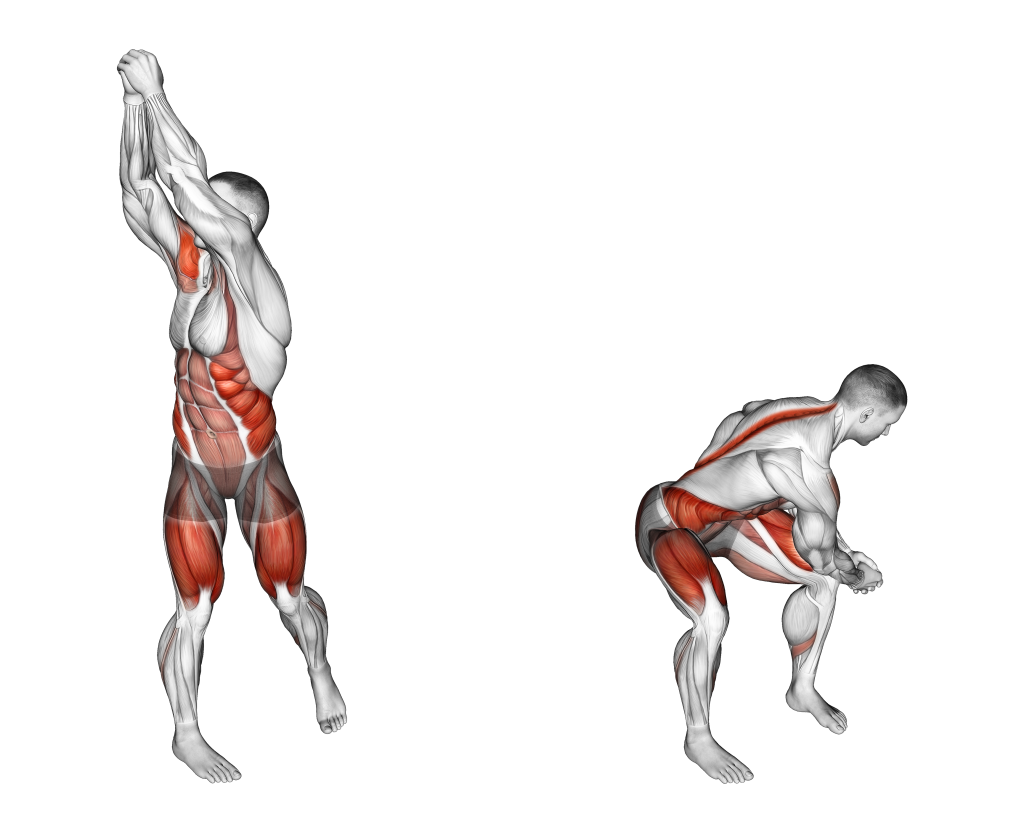
Reaching up and to the side and gripping the handle behind their torso, the lifter then braces their core and twists their torso in the opposite direction, simultaneously bending both knees and pulling the handle towards the floor.
The elbows should remain straight throughout this motion, and the feet as stationary as possible. The head should also follow the movement of the arms.
Once the torso is facing in the same direction as the legs and the cable has been pulled across the torso, the lifter will slowly reverse the motion as they keep their core tense.
When the handle is back in its original position at the start of the rep - it is then considered complete. Don’t forget to repeat the movement with the opposite side of the body as well.
3. The Dumbbell Side Bend
Dumbbell side bends are a unilateral core exercise that target the obliques in a similar manner to Russian twists. Alongside featuring far less strain on the lower back, dumbbell side bends are used to further work the core with the addition of free weights as a source of resistance.
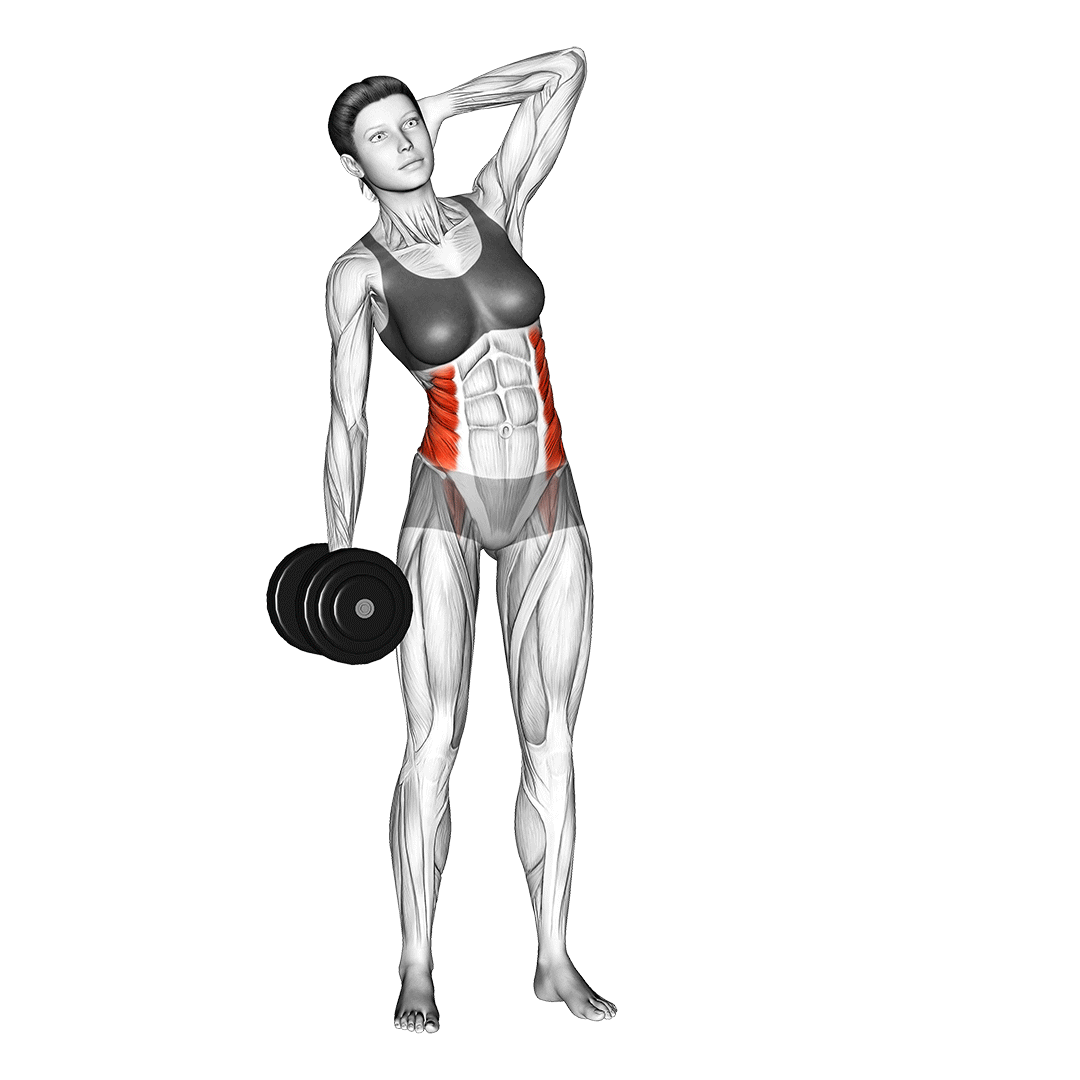
As one can guess from its name, dumbbell side bends are quite literally bending the torso to the side at the waist as a dumbbell is gripped in the hand of the opposite arm.
As a side note, those with a history of lower back or spine strain should avoid the dumbbell side bend as it can create significant shear force when performed to excess.
Equipment Needed
This particular alternative requires only a dumbbell of low or moderate weight.
Benefits as a Russian Twist Alternative
Like mentioned previously, the dumbbell side bend is often preferred by lifters as it features significantly greater resistance from the use of a dumbbell. This, coupled with its greater isolation of the obliques, allows it to truly improve core stability, strength and muscle mass.
Furthermore, dumbbell side bends do not feature the same level of abdominal muscle contraction or create the same type of strain on the lower back.
Both allow for greater emphasis on the obliques without fatigue or lower back soreness becoming a limiting factor.
How-to:
To perform a repetition of the dumbbell side bend, the lifter will hold a dumbbell in one hand as they stand upright, feet set shoulder-width apart and head facing forwards.
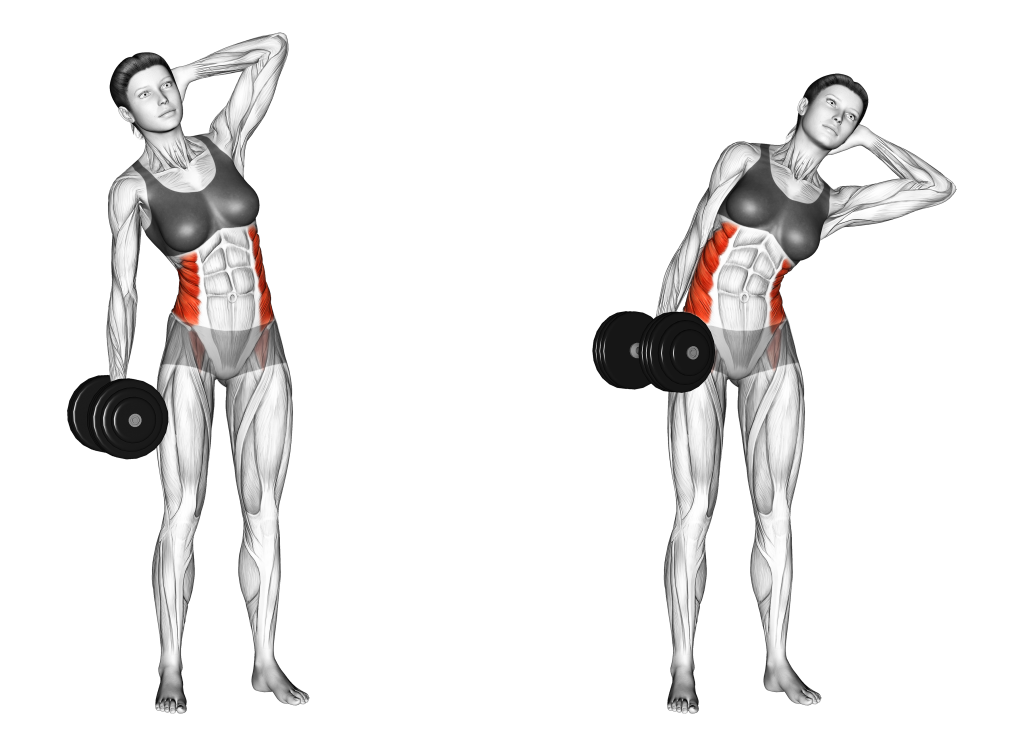
From this stance, the lifter will brace their core, ensure their spine is at a neutral curvature and bend to the side at the waist. No twisting of the body should be present, and the chest should remain facing forwards alongside the head throughout the repetition.
The bend should be minimal, featuring only enough movement to slide the dumbbell down the leg of the same side.
Once the dumbbell is approximately parallel with the top of the knee, the lifter slowly reverses the motion and returns to a natural standing position. At this point, the repetition is considered to be complete. Repeat with the opposite side of the body.
4. The Side Plank
For a more isometric substitute to the Russian twist, the classic side plank is a great option.
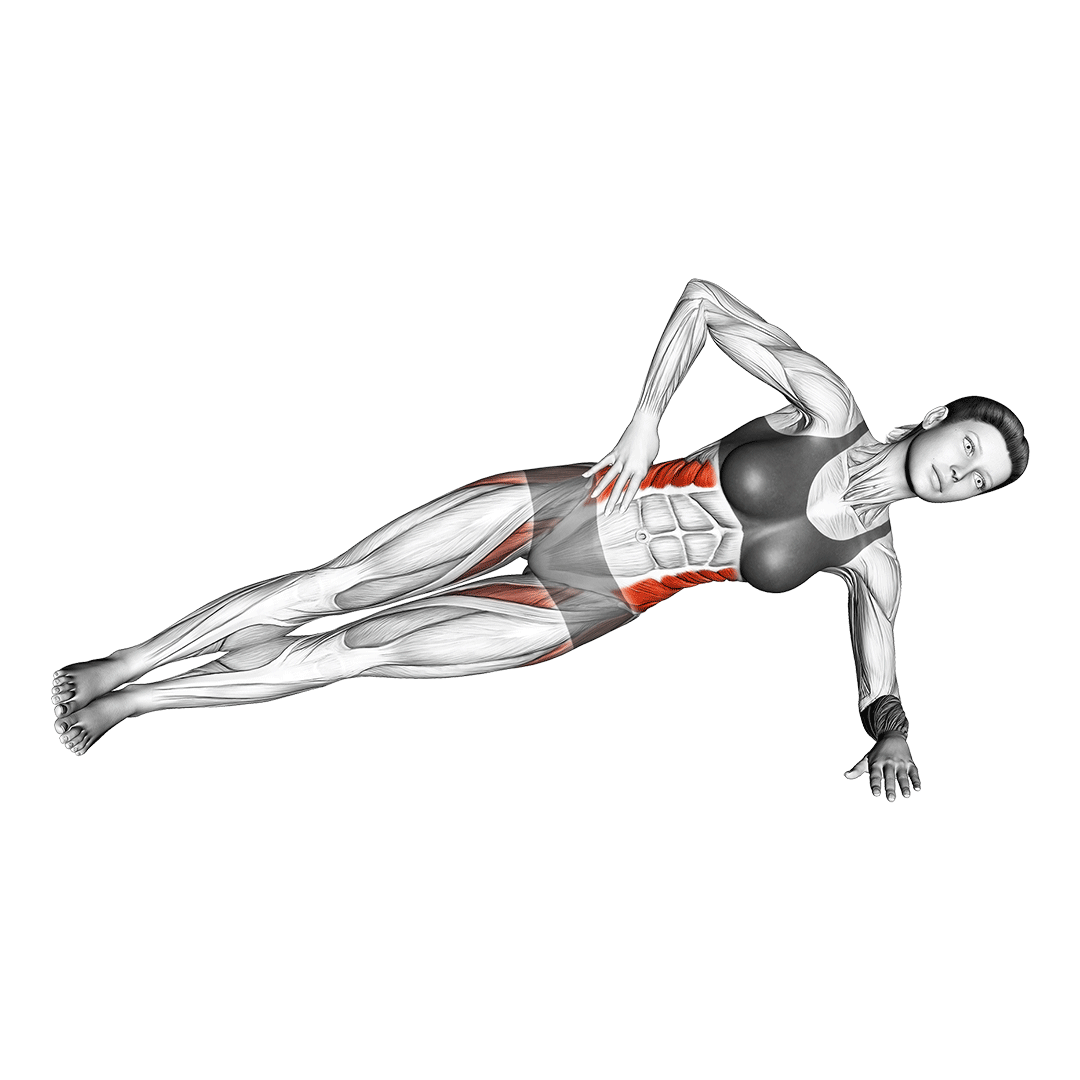
Side planks are a static exercise involving the performer lying on one side of their feet and elbows as they squeeze their core musculature. This emphasizes the obliques on one side of the waist and lower back, improving overall bodily stability and helping to protect the spine.
Equipment Needed
Side planks require no equipment whatsoever, but can be made more comfortable with a pillow or yoga mat.
Benefits as a Russian Twist Alternative
Side planks are the ideal Russian twist substitute for lifters and athletes seeking greater stability of their core - especially in a rotational or lateral capacity.
Because the obliques are a major portion of the core musculature that are rarely trained correctly, marked improvements in athletic performance, mobility and prevention of back injuries.
How-to:
To perform a repetition of the conventional side plank, the exerciser will lie on the side of their body supported by their elbow, forearm and their feet as the legs remain firmly stacked atop each other.
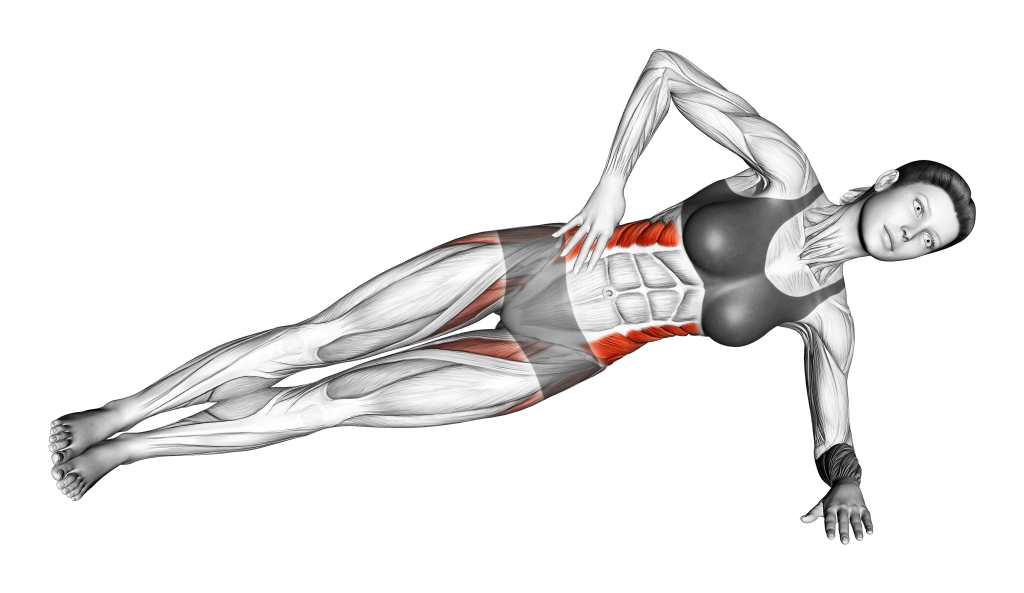
The head should be facing in the same direction as the chest, with the opposite arm either gripping the waist for support or holding a nearby object for balance.
From this stance, the exerciser firmly contracts their core and raises their hips into the air, forming a diagonal line from feet to head. The “burn” should be felt across the waist and abdomen, especially along the side of the body closest to the floor. This indicates that the obliques are being engaged correctly.
This position should be held for a pre-specified amount of time before performing the exercise lying on the opposite side of the body.
5. The Scissor Kick
A highly dynamic movement taken from the discipline of pilates - scissor kicks involve the exerciser lying on their back and rapidly crossing their shins over one another or otherwise upwards and downwards.
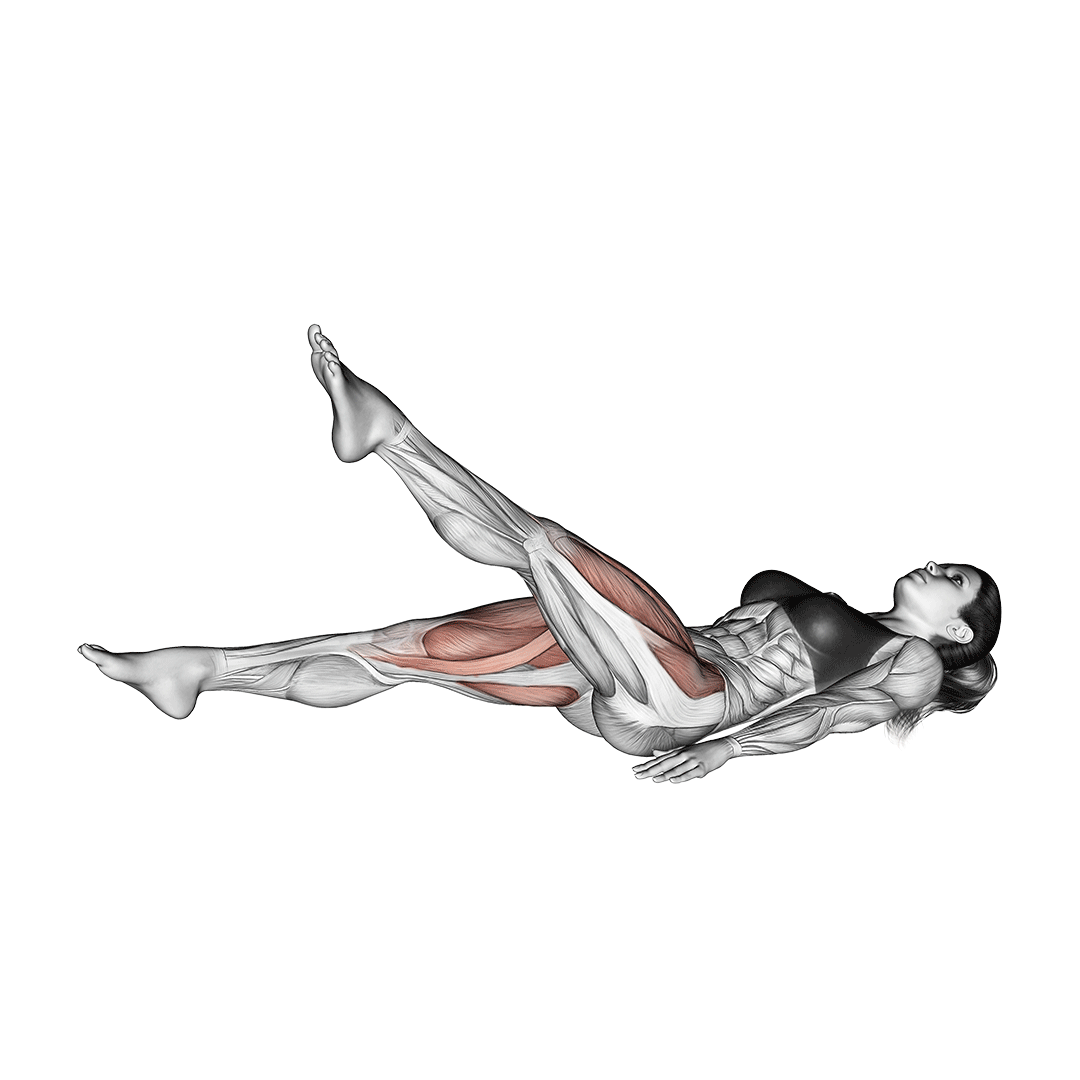
Scissor kicks are most effective as a Russian twist alternative in situations that call for greater caloric burn, abdominal training volume or a focus on the lower abdominal muscles.
Equipment Needed
Scissor kicks require no equipment other than a comfortable surface to lie on.
Benefits as a Russian Twist Alternative
The main benefit to substituting Russian twists with scissor kicks is the greater intensity.
Scissor kicks feature a significantly more rapid tempo, greater isometric contraction and more intense recruitment of the lower abdominal musculature. All these factors add up to the scissor kick being more suitable for athletes or exercisers that prefer more dynamic contraction over a lengthier time under tension.
How-to:
To perform scissor kicks, the exerciser will first begin by lying flat on their back with their hands beneath their glutes or supporting the back of the head.

From this position, they then raise the legs out into the air, squeezing their core and ensuring that the hips remain in place as they do so.
With the legs now raised into the air, the exerciser will proceed to rapidly cross one shin over the other, raising the foot of one leg and raising it over the ankle of the opposite leg.
Alternatively, the exerciser can instead perform a walking motion by raising both feet up and down in an alternating fashion, no crossing needed. This will work the lower abdominals in a more isometric capacity, rather than a dynamic one.
Regardless of which variation is performed - once a sufficient length of time has passed, the exerciser will then lower both their legs back to the ground so as to complete the movement.
6. The Windshield Wiper
Windshield wipers are a highly advanced core exercise that feature a similar movement pattern to the Russian twist, only with less involvement of the upper core muscles and greater recruitment of the obliques and lower abdominals.
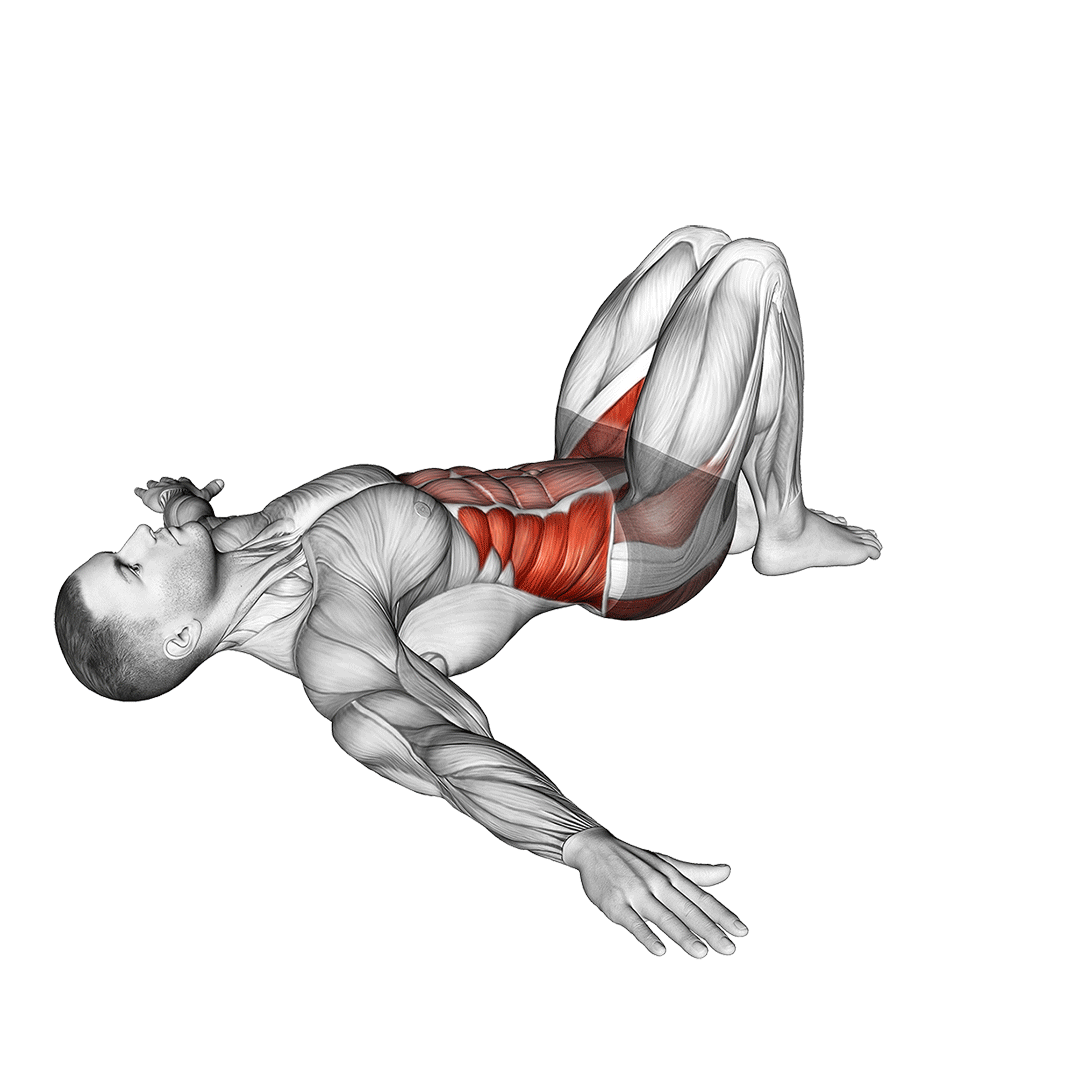
The windshield wiper is most effective as an alternative to the Russian twist for those that wish to avoid straining their lower back or raising their upper back off the floor.
Equipment Needed
Windshield wipers generally require no equipment apart from a comfortable mat to lie on.
Benefits as a Russian Twist Alternative
Windshield wipers share many of the same advantages as Russian twists without the same twisting movement pattern. In addition, they further build upon the lower abdominal and oblique contraction seen in the latter exercise - allowing for greater specificity in commonly underdeveloped parts of the core musculature.
How-to:
To perform a repetition of windshield wipers, the exerciser first lies flat on their back with their legs straightened loosely across the ground. For greater balance, the arms should be extended out to both sides with the upper back and hips resting firmly on the floor as well.

From this position, the exerciser contracts their core and raises both legs straight into the air, pointing the soles diagonally upwards with the knees loosely locked.
With the legs raised in this manner, the exerciser will slowly rotate their upper legs towards one side, ensuring that the lower back remains flat against the ground and that the rotation occurs at the lower section of the abdomen.
Once the legs are nearly parallel to the floor to one side, the exerciser repeats the movement in the opposite direction - continuing to do so until the set is complete.
Which Russian Twist Alternative Should You Pick?
Which specific alternative you select will be based on your specific training needs.
For greater emphasis on the lower abs, windshield wipers or scissor kicks are ideal. For less strain on the lower back, side crunches are excellent. To build greater core stability, side planks and their variations.
If you haven’t found an exercise that fits into your training program’s niche here - don’t worry. There are plenty more exercises that target the core in a similar manner to Russian twists. For a few more ideas, try looking into conventional planks, decline crunches or even dragon flags.
References
1. Lee M, Han G. The effect of peculiar complex core balance training on isokinetic muscle functions of the knee and lumbus. J Phys Ther Sci. 2016 Apr;28(4):1294-7. doi: 10.1589/jpts.28.1294. Epub 2016 Apr 28. PMID: 27190470; PMCID: PMC4868230.
2. Dong, Kuan, Tenghao Yu, and Buongo Chun. 2023. "Effects of Core Training on Sport-Specific Performance of Athletes: A Meta-Analysis of Randomized Controlled Trials" Behavioral Sciences 13, no. 2: 148. https://doi.org/10.3390/bs13020148
